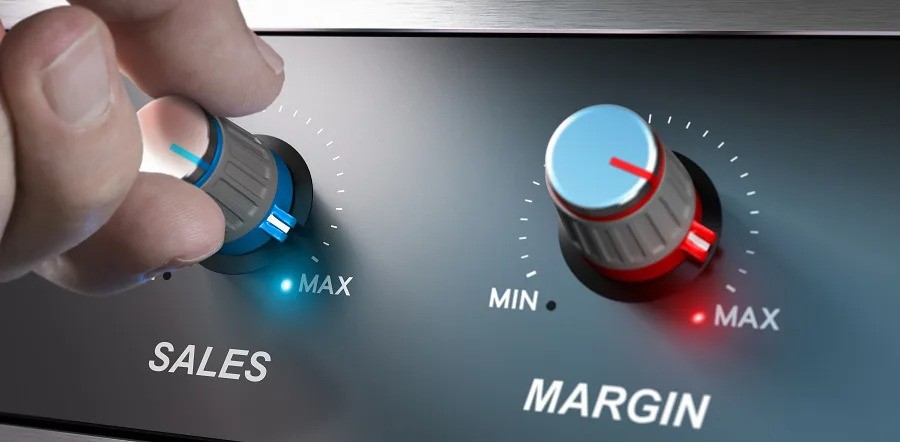

Suggestive selling is one of retail’s greatest strategies. Shoppers are already through the doors, they found something they like or need, and suggestive selling gives you the opportunity to boost sales, increase ticket size, and encourage the shopper to walk away smiling with even more of your great products and services.
Are You Managing Labor Effectively?
Before you can implement a successful suggestive selling strategy, it’s important to have your store properly staffed. Nothing frustrates customers quite as much as wasting their valuable time waiting for assistance.
One way to ensure you have your store properly staffed, is to schedule employees according to the amount of foot traffic you’ve projected your store will receive. Installing people counters, sometimes called customer counters, is the best way to gather the data you need to make your customer foot traffic forecasts. Arming yourself with a solid understanding of when your business is its busiest and its slowest will help you adequately schedule staff and ensure customers are given the best service possible. When your customers feel appreciated and valued, they’ll be in a positive mood, setting the stage for suggestive selling.
Be Genuine When Offering to Help Customers
Let’s be honest — shoppers can spot a phony upsell a mile away. They know when your sales staff is just trying to earn a commission versus really trying to understand and serve customers. Instead of spouting off the same canned upselling and cross-selling lines, train your staff to listen to customers and determine exactly what they’re looking for and to customize suggestive selling approaches to individual shoppers. Your customers will appreciate your staff taking the time to truly serve them instead of just “phoning it in.”
Make Relevant Suggestions
One mistake retailers can make with suggestive selling is to push products or services that are of no interest to the intended consumer. Imagine the awkwardness of a sales associate recommending a buy-one-get-one deal on bath towels when the customer is only interested in new fashion arrivals. Relevant suggestive selling recommendations are more likely to be well received and to result in upsell. Store staff should pay attention to the kinds of items the shopper is already purchasing. For example, if she has a trendy new blouse in hand, she might want to know about a scarf or necklace that complements the top and completes the look. Or the customer buying the latest tablet PC likely will be receptive to hearing about useful peripherals and accessories, such as a printer, wireless keyboard or stand, which will help him get the most out of his cool new device. When suggestions are relevant, you open your customers’ minds to new possibilities while keeping the focus on helping them to have everything they need to be satisfied with their purchase. Customers get better, more comprehensive products and experiences — while you get bigger sales.
Are you getting the most out of your suggestive selling techniques? When your staff cross-sells and upsells efficiently, expect your sales to rise — and your customers to return for more great shopping experiences.